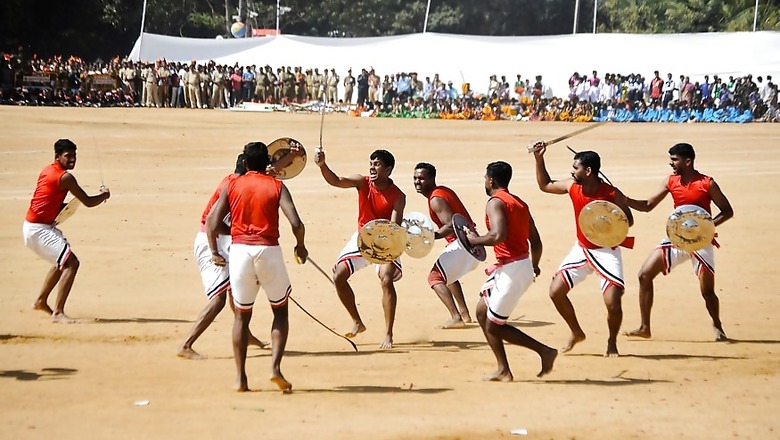
views
New Delhi: In an attempt to make ‘Ek Bharat Shresht Bharat’ (One India Best India) a true reflection of Indian culture, the All India Council of Sports (AICS) has recommended the government to take up the promotion of indigenous sports and martial arts that embody ‘Guru Shishya Paramapara’, the ancient Indian teacher-disciple tradition.
In this regard, the Sports Authority of India (SAI) has proposed a mega event to felicitate thousands of folk artist and to organise seminars and workshops to bring India closer to its tradition of indigenous sports and martial arts.
The objective of the event is to bring together these indigenous and often obscure sports, games and martial arts to the spotlight to prove that the ancient teacher-disciple (Guru-Shishya) tradition of the country is still intact in these sports.
In the past, SAI has adopted various clubs promoting indigenous sports and martial arts in the country. The Ministry of Culture, Government of India sponsors organizing such activities.
The AICS is required to give suggestions on `ways and means to promote indigenous games in the country’. The issue was discussed in the last AICS meeting, held on April 27 and chaired by head of the Council, VK Malhotra. It was agreed that in order to project ‘Ek Bharat Shreshtha Bharat’, the country should showcase unity in similarity through the promotion of ingenious sports.
Sources in the Council told News18, “India is known for its rich cultural heritage – there are various indigenous sports that are kept alive through Guru Shishya Parampara’’ - like Bengal has a unique tradition of `Vratchari’ those who have taken vrat (vow) to fight against oppression. This tradition is still alive.”
Indigenous forms of martial arts are common to most tribal populations as tribal communities often employed their own indigenous weapons and their own martial art forms against British colonizers.
The Alluru Sitaramraju tribe fought a guerrilla war against British Army by dint of their traditional weapons, mainly bows and arrows. Rani Chennamma of Kittur (Karnataka) fought against the British armed forces in 1824, with traditional weapons.
In 2017,BJP MP Lal Singh Vadodia had asked the Minister of State (independent charge) for Youth Affairs and Sports, Vijay Goel, to work for the promotion of indigenous sports.
Sports is a State subject and, therefore, it is primarily the responsibility of state governments to promote and develop sports in the country. The Central government complements or supplements the efforts of the state governments.
Under the revamped ‘Khelo India’ proposal, there is an exclusive component called “Promotion of Rural, Indigenous and Tribal Games” for promotion and development of traditional sports.
In a written reply, Goel said, “While implementing sports and promotional schemes in various sports disciplines across the country, SAI also promotes Indigenous Games and Martial Arts (IGMA) in 09 disciplines under its National Sports Talent Contest (NSTC) scheme.”
In order to revive such games and promote them among the masses, SAI has adopted the following indigenous games disciplines for their promotion –Kalaripayatu from Kerala, Silambam from Tamil Nadu, Kabaddi from Telengana, archery from Jharkhand, Malkhamb from Maharashtra, Mukna and Thangta from Imphal, Khomlainai from Assam and Gatka from Punjab.
Indigenous games like archery, tribal hockey have yielded many international players. Many fencers, judo players, pole-vaulters and sprinters such as Vandana Sambag.















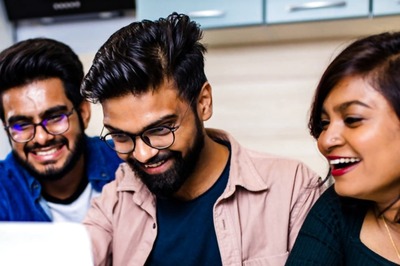
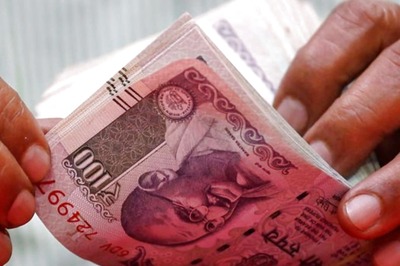
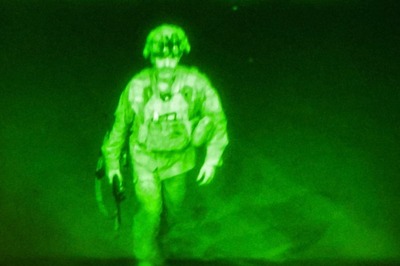
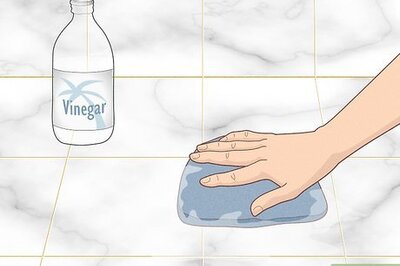
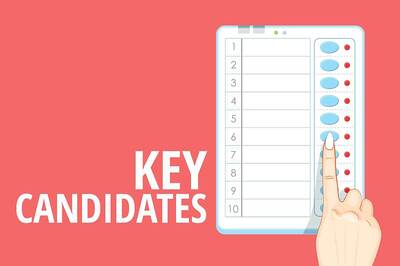
Comments
0 comment